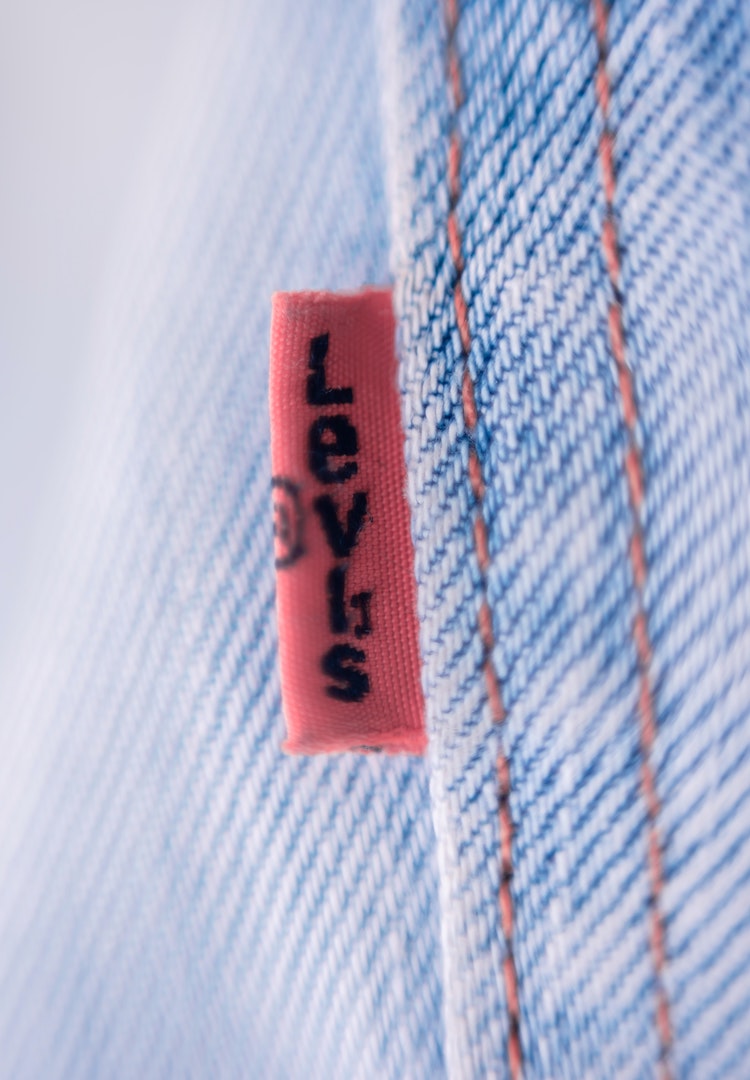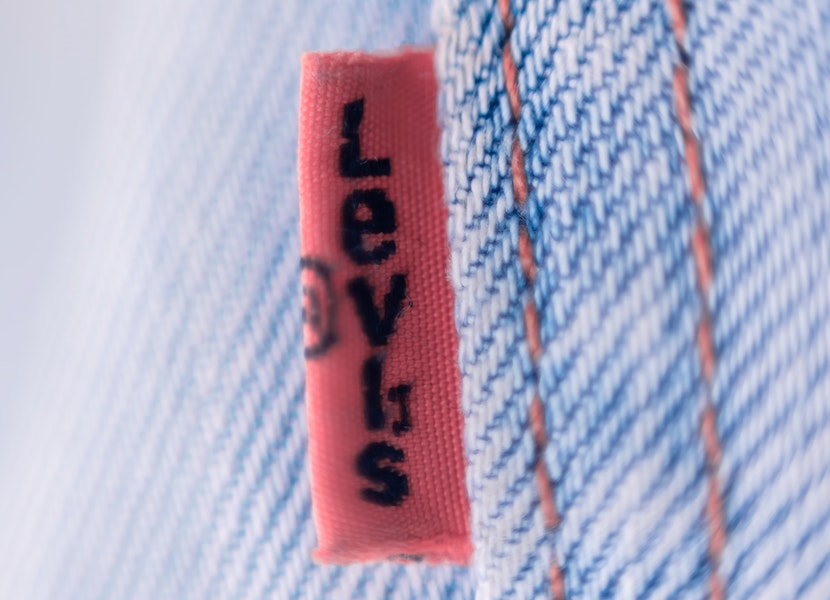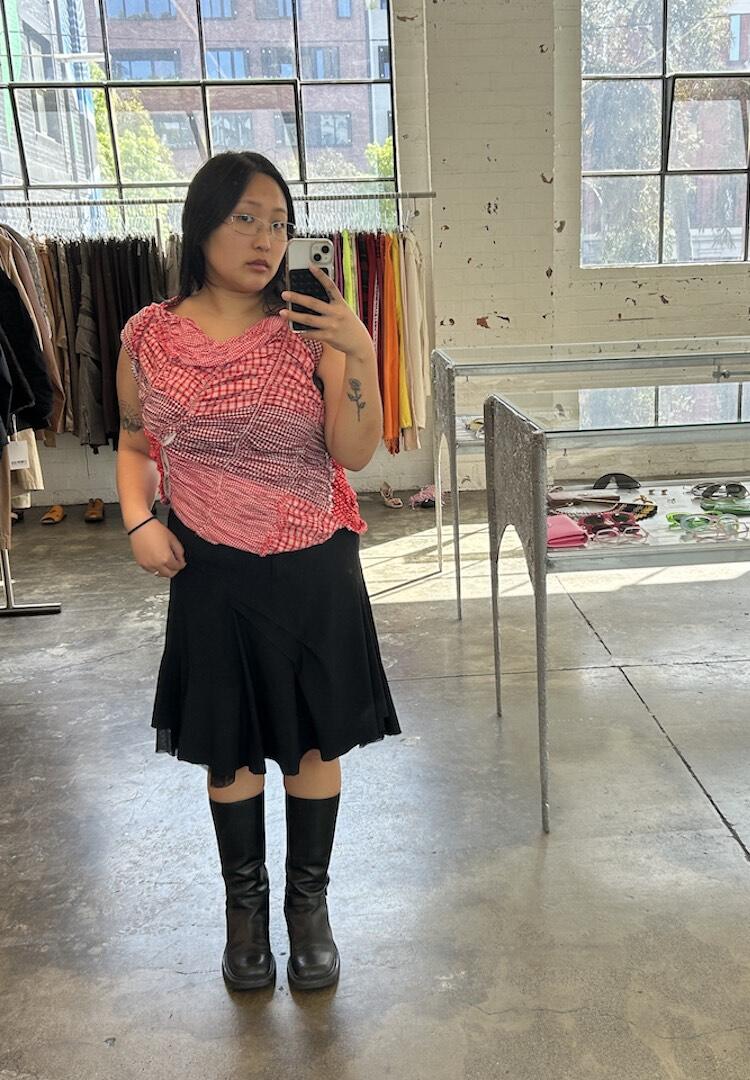It’s time to stop buying cotton-based denim, here’s why
photography by KRISTINA YENKO
words by Sarah Noonan
Wool is the new black.
Denim has always held a kind of permanency within the fashion industry. A timeless fabric that fits in every trend, in every season, in every decade. Odds are there is at least one denim item in your wardrobe. But have you ever wondered where denim comes from? Is it sustainably manufactured?
Each year as our global consciousness on the importance of sustainable living increases, we are realising that many of our everyday practices have greater implications for our environment than previously recognised, one of the most staggering being our trusty denim garments.
Wait, what’s the problem with denim?
Denim is a fabric traditionally derived from cotton, one of the oldest material bases in history. Cotton represents almost half of all the fibres used in garment production in the world. But, the production of cotton crops comes at a huge cost to our environment.
Cotton is an overly-thirsty crop. On average it takes anywhere between 10,000 and 20,000 litres of water to produce 1kg of cotton. What will 1kg of cotton get you, you ask? One pair of jeans – one and a half, at a stretch.
On top of this, cotton farming is responsible for over half of all pesticides used in developing countries. Not only do these pesticides cause severe health issues for farmworkers, but they also contribute to extensive water pollution across the globe. Does that sound ethical to you?
So what’s the alternative?
Fortunately, many manufacturers of denim products have caught on to a new, more sustainable option for denim production, and it’s already circling the market. Allow me to introduce wool denim.
Wool denim is denim made from, as the name implies, wool. It requires 70 per cent less water than cotton to produce the same amount of material and offers greater longevity for denim products.
Last year, The Woolmark Company ran an educational initiative to encourage young designers to appreciate the value of wool denim as opposed to cotton. The project challenged fashion and design students from Melbourne’s Whitehouse Institute of Design and Box Hill Institute to “push the boundaries of wool in fashion design”.
The project – one of the very few positives to emerge from the 2020 pandemic – evolved as a way to maintain practical learning for tertiary students during the Melbourne lockdown, but evidently sparked a greater, ethically conscious conversation within the fashion industry.
“It was quite a spontaneous project,” says Ashley Hollis, the project manager for The Woolmark Company. “As lockdown in Melbourne was on the verge, there was a growing concern among our close contacts in tertiary education that students wouldn’t get the chance to complete their required internship and industry experience outside of the classroom.”
“The main objective was to get students to understand the properties and benefits of wool. From how to utilise it to how to design and market it – we wanted to initiate a greater positive conception of wool as a product among the students.”
Debbie Pratt, the academic course manager at Box Hill Institute, says that in understanding the ethical properties of wool for denim, emerging designers are encouraged to act and think from a more sustainable perspective when making and sourcing fabrics.
But it’s not just designers that need to be taught about sustainable fashion. We as consumers play a big role in the circulation of ethically sourced materials. In decreasing our dependence on traditional denim and increasing our demand for wool denim, we can contribute to a change in the norm of denim manufacturing.
As Annie Jeffreys, winner of the marketing category of the Wool Denim Project, explains, “Sustainability across any field just isn’t an option – it’s a necessity.”
The Woolmark Performance Challenge, a competition for global tertiary students looking to add some valuable industry work to their portfolio, is currently open for applications. Find more about the initiative here, or click here to browse the Woolmark learning centre.













